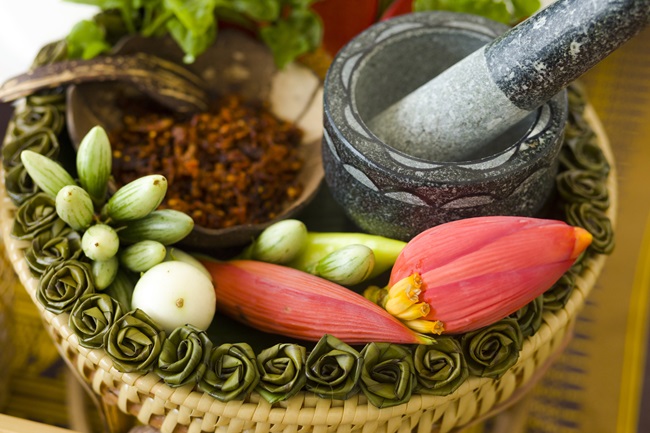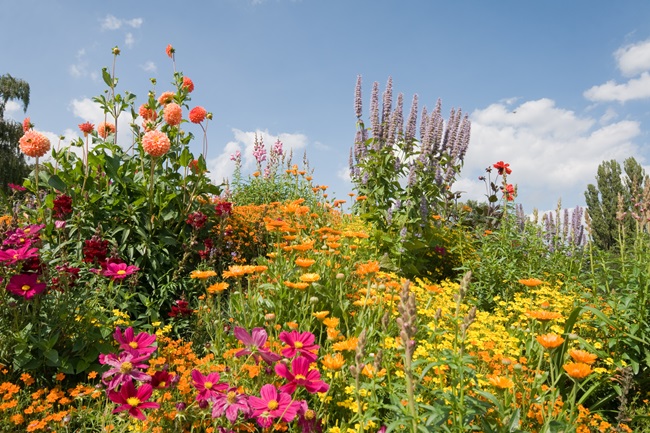Apr 17, 2025
Apr 17, 2025
by Sujata C
The Ancient Indian Science of Flower Therapy
When someone we know falls ill, we wish them speedy recovery with a bunch of fresh and beautiful flowers. Just the sight of beautiful flowers has a gentle healing touch; we knew this.

What we didn’t know probably is the fact that Pushpa Darshanam (viewing flowers) is a strategy for therapy in the ancient Indian healing methodology known as Pushpa Ayurveda.
Pushpa Ayurveda is the Indian science of flower therapy that is thousands of years old. The power of flowers is depicted in the story of the birth of Brahma. Brahma is known as Pushpa Sambhavana, (one born of a flower). He was born from a lotus flower that emerged from the navel of Vishnu. The use of flowers in treatment was meticulously documented by prominent Ayurvedic scholars such as Acharya Charaka and Vagbhatta.
Pushpa Ayurveda classifies flowers into categories based on the various therapeutic ways applied such as
The Scent of Good Health
Charaka Samhita mentions 42 flowers for medicinal uses. For instance, Acharya Charaka recommended chrysanthemums or yellow chamanthi flowers to control cough and phlegm. Arjun pushpa along with Sweta aparajita are useful in floral fumigation. Lavang pushpa is best served after a meal during Tambula sevana. Many flowers are used in Panchakarma and Bahirparimarjana Chikitsa (external application) such as saffron or Kesar which is useful in treating skin ailments and pigmentation. It is antiseptic and anti-inflammatory in nature. Night bloomer Rajanigandha treats fevers, headaches and joint pains. Kethaki flowers could enhance women's happiness quotient. Agasti flowers are to be cooked and consumed to balance pitta and kapha (consumed as part of dwadasi paran after ekadashi fast to subdue the digestive juices)

Many of our favorite summer drinks are rose based. Rose petals are cooling and stabilize pitta. Banana flower curry is an ancient village food that many of us have enjoyed. Mahua liquor is the traditional alcohol of Indian tribal groups, made with the flowers of the tree.
Other origins
According to research available floral therapy was also practiced in Jain and Buddhist traditions and aligns closely with the principle of ahimsa (non-violence).
There is the story of Buddha being treated by Jain priests with nectar served on a lotus petal. Going by this one can say that this science of floral therapy is easily 2500 years old. They were basically against the idea of using non vegetarian substances in medicines. Their idea of healing was that in order to heal one need not harm any other living being.
Kalyana Karakam, written in the 9th century by Ugraditya Acharya also contains details of flower therapy. This text outlines the use of 18,000 types of flowers in treating various diseases, contrasting with other Ayurvedic practices that sometimes included meat-based formulations.
Best Practices
Flowers should be collected when the buds are ready to bloom in order to yield the best results. The fragrance, plucking time and combination of materials used with the flowers are crucial for the success of the treatment. Most flowers are best collected at dawn when the dew is still on the flowers.
Gardens as Healing Zones
Flowers have been integral to Indian culture and spirituality, often associated with rituals, art and daily life. Ancient India revered the planting and nurturing of trees and plants as pious activities, considered one of the seven good qualities or satguna of a person. This reverence extended to rulers, who were expected to maintain gardens and plant shade-giving trees. Historical records from foreign travelers often describe the lush gardens of ancient India, such as Lumbini and Pataliputram, in glowing terms. Gardens served as healing zones and even to this day they serve as lung spaces of habitats.

Past few decades have witnessed the resurgence of interest in health tourism and floriculture and given Pushpa Ayurveda new momentum. Notable Ayurvedic institutions, particularly in Kerala, are developing medicinal gardens with community involvement, providing a holistic experience for tourists. Edible flowers are becoming a culinary rage in the food world across the globe. (Gulmohar flower pakodas are a chef’s delicacy!). This revival not only preserves ancient knowledge but also integrates it into contemporary wellness practices, offering a unique blend of tradition and modernity.
Images (c) istock.com
06-Jul-2024
More by : Sujata C